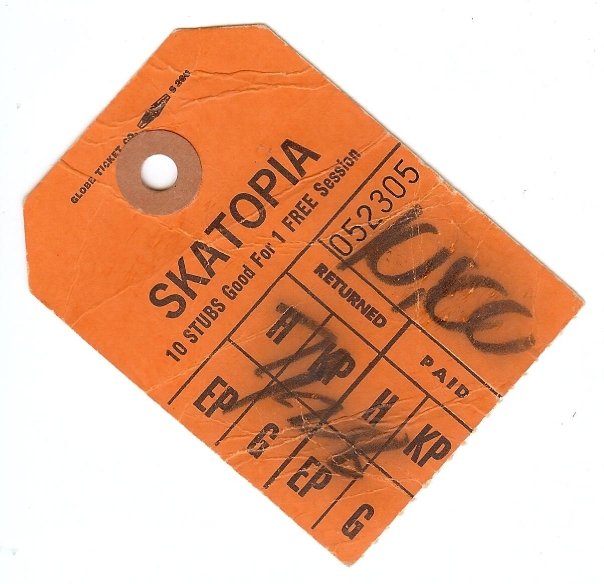
Skatopia Capsule Bowl 1979. This photograph, captured by Ken Hada during the first and only capsule bowl skateboarding contest, perfectly encapsulates the energy and excitement of the event. Skatopia was more than just a skatepark; it was a hub of innovation and community for skateboarders. The image shows the vibrant crowd and dedicated skaters who were part of the transformative skateboarding scene of the late 1970s.
The skateboarding industry in 1979 was a dynamic and transformative period marked by significant developments in culture, technology, and competition. Here’s an overview of the skateboarding scene during that time:
Skateboarding Culture
- Rise of Skateparks: The late 1970s saw a boom in the construction of skateparks across the United States. Skatopia in Buena Park, California, was one such popular venue, providing a dedicated space for skaters to practice and showcase their skills.
- Professional Competitions: Competitive skateboarding was gaining traction, with contests becoming more organized and frequent. Events like the one held at Skatopia in 1979 were crucial in promoting skateboarding as a legitimate sport.
- Influential Skaters: Skaters like Tony Alva, Stacy Peralta, and Jay Adams, known collectively as the Z-Boys, were pushing the boundaries of what was possible on a skateboard, influencing a new generation of skaters.
Technological Advancements
- Board Design: Skateboard design was evolving rapidly. Boards were becoming wider and more stable, allowing for better control and more advanced tricks. The development of urethane wheels also improved the performance and versatility of skateboards.
- Protective Gear: With the increasing complexity of tricks and higher risk of injury, the use of protective gear such as helmets and pads became more common, promoting safety in the sport.
Media and Exposure
- Magazines and Films: Publications like Skateboarder Magazine and films such as “Skateboard Madness” and “Freewheelin'” were instrumental in spreading skateboarding culture. These media outlets showcased professional skaters, competitions, and the lifestyle surrounding the sport.
- Photographers and Filmmakers: Individuals like Craig Stecyk and Glen E. Friedman captured iconic images and footage of the skateboarding scene, helping to document and popularize the sport.
Industry Growth
- Skateboard Companies: Companies like Powell-Peralta, Santa Cruz, and Vision were emerging as major players in the industry. Additionally, these brands also sponsored professional skaters.
- Retail and Distribution: Skate shops were becoming more widespread, making skateboarding equipment and apparel more accessible to enthusiasts. This retail growth was essential for the sport’s expansion.
Social Impact
- Youth Culture: Skateboarding was becoming a central part of youth culture, providing an outlet for creativity, rebellion, and community. In fact, It was particularly popular in urban areas and coastal regions.
- Influence on Fashion: Skateboarding had a significant impact on fashion. The style was characterized by a laid-back, casual look that resonated with the youth.
Challenges
- Economic Downturn: Despite its popularity, the skateboarding industry faced challenges, including economic downturns.
- Public Perception: Skateboarding was often viewed with skepticism or outright hostility by mainstream society. In fact, this led to conflicts over public spaces and legal issues related to skating.
In summary, 1979 was a pivotal year for skateboarding. Further, this time was marked by innovation, cultural significance, and the rise of professional competitions. The image from Skatopia encapsulates this vibrant period, reflecting the energy and enthusiasm that propelled the sport forward.

